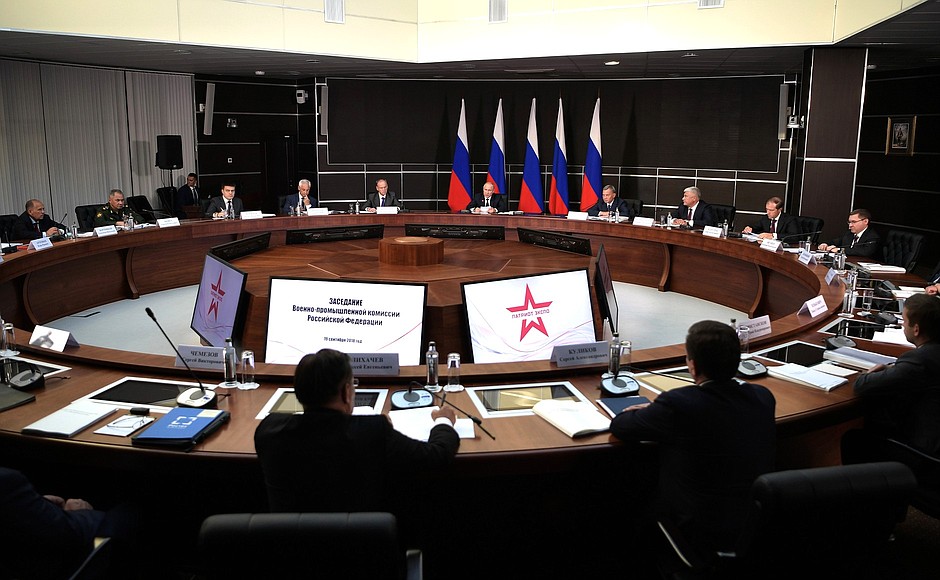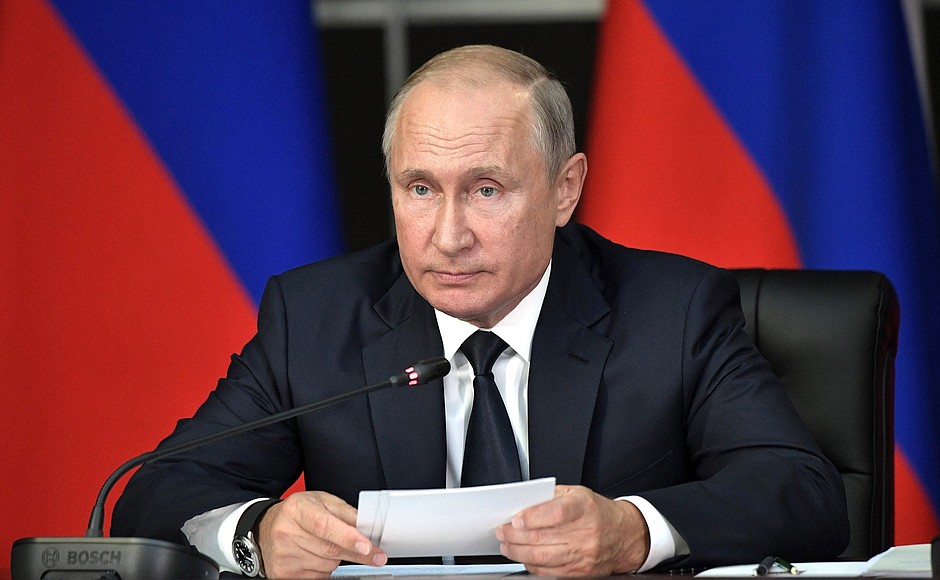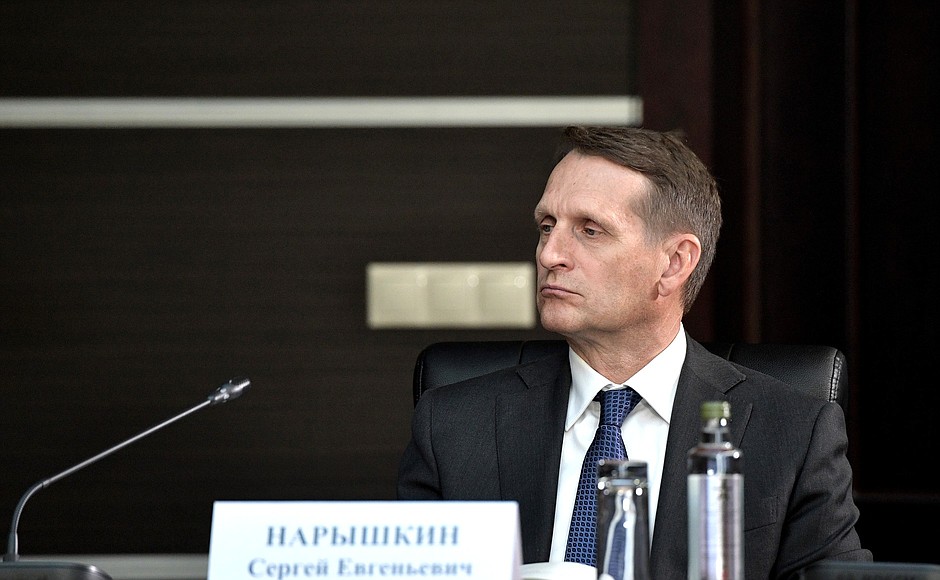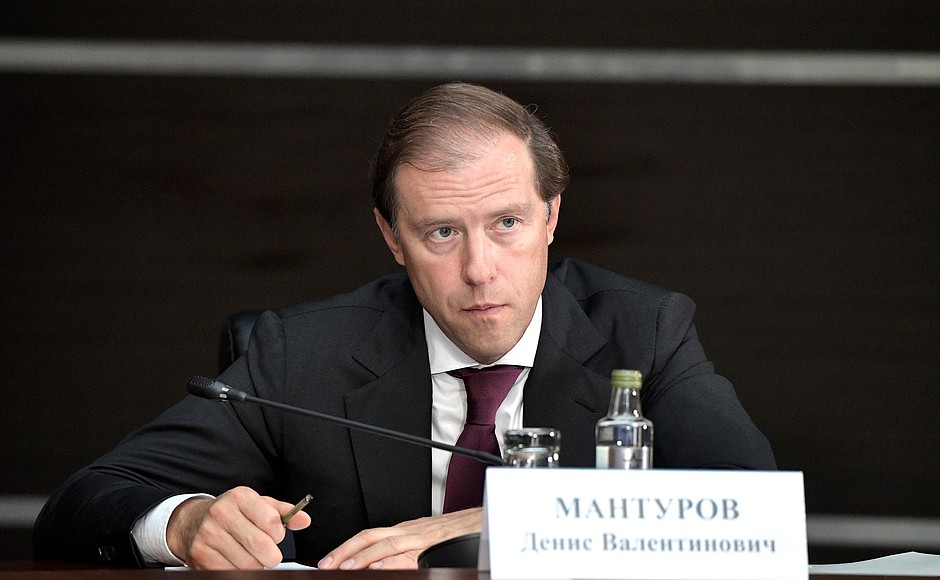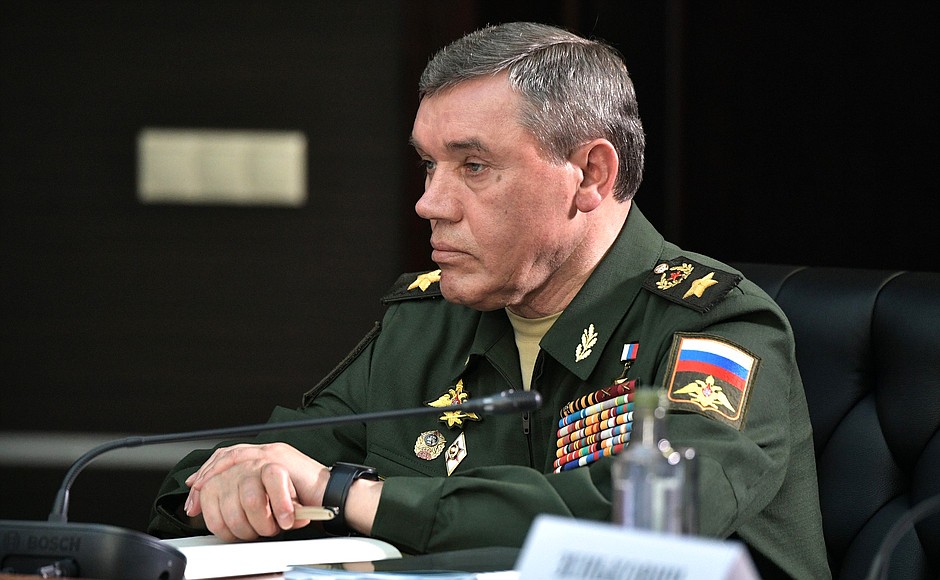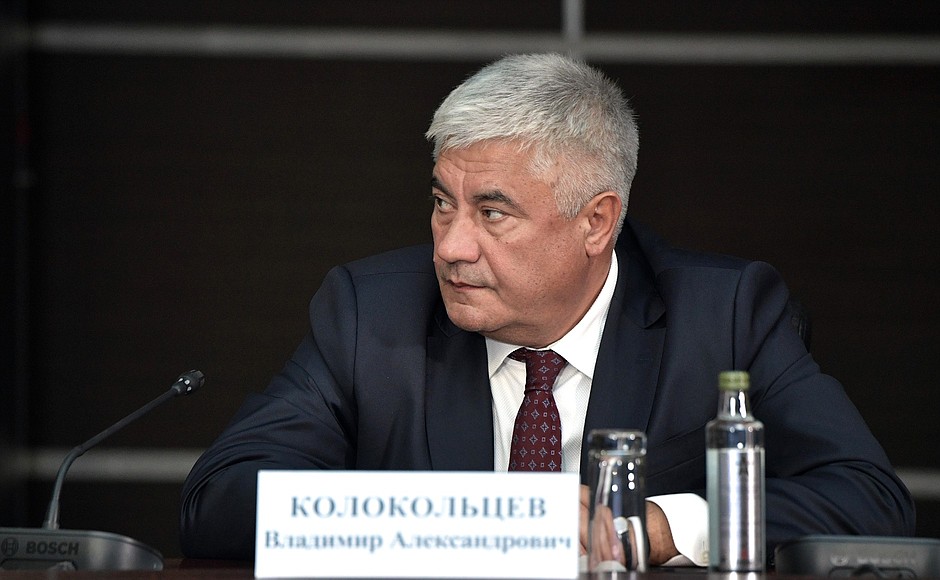Earlier in the day, the President attended the consecration ceremony for the stepping stone of the main cathedral of the Armed Forces at Patriot Park and visited the Kalashnikov Concern shooting centre.
* * *
Opening remarks at the Military-Industrial Commission meeting
President of Russia Vladimir Putin: Good afternoon, colleagues,
We are holding a meeting of the Military-Industrial Commission at Patriot Park in the Moscow Region. In this connection, I would like to note that this venue is already well known both in Russia and in the world. The best examples of Russian weapons and equipment are displayed here, equipment that has embodied the power of our army in different historical periods; they were and still are the real pride of our defence industry, science and the whole country.
See also
Today Russia marks Gunsmith Day. I would like to congratulate the current and former workers of the defence industry, and thank the industry’s designers, engineers, and workers for their contribution to strengthening Russia's security.
I wish you all, dear colleagues, new achievements for the good of the Motherland, good health, and success – to you and to your families.
Today we will discuss a number of issues concerning the further modernisation of the Army and Navy, the development of advanced weapons and equipment, and growth opportunities for defence industry companies.
Let me recall that on April 9, 2015 the Board of the Military-Industrial Commission endorsed 21 projects on the development of new, technically sophisticated arms equipment under the supervision of chief designers.
Today, 20 candidates have been approved. And today we will complete this programme: we will review a nominee for the position of chief designer to direct the development of rocket systems with liquid fuelled intercontinental missiles.
Furthermore, an important and key issue on our agenda is to define the beginning of the creation of yet another advanced state armament programme.
We started implementing our current programme – it will run until 2027 – this year. This programme takes into account the current global trends in terms of arms and combat equipment development and the experience gained from using Russian weapons in the Syrian Arab Republic.
As a result of this programme our forces should receive new hardware, cutting-edge arms with better combat characteristics than their foreign counterparts.
These include the Sarmat missile system, the Su-57 fifth generation fighter, a reinforced tank based on the Armata combat platform, the S-500 air defence system, and the project 677 submarine.
In the meantime, it is important for us to move further and start planning today the future development and production of advanced weapons and equipment that will define the image of the Russian Armed Forces in the long-term, for the next few decades.
Of course, much will depend on the capability of the defence industry. I would like to note here that improving the pricing system for military goods is a precondition for the defence industry’s stable development and timely and complete performance of the contracts.
A new pricing model was introduced in December 2017. It allows the defence industry to lower expenses and introduce modern production and management technology, thus improving the performance of the industry and enhancing its investment appeal and its capabilities to produce competitive high-tech civilian products.
We need to continue streamlining the pricing system, to use the latest information and digital technology to more comprehensively analyse the process of military hardware pricing and to quickly identify problems.
In addition, the effectiveness of the defence industry directly depends on the abilities of the personnel. Much attention has been paid to this issue in the past few years. As a result, the number of specialists in the industry has stabilised and even increased in some organisations.
Importantly, the defence industry is creating the conditions for the inflow and long-term work of talented young people that are capable of meeting the most ambitious challenges and ensuring continuity in schools of sciences.
Today, the share of young people under 35 exceeds 30 percent while the average age of the employees in the industry has decreased to 45 years.
That said, average nominal salaries increased by 1.7 times in 2017 compared to 2012 to reach over 50,000 rubles.
The plan for training personnel with secondary vocational and higher education for defence enterprises is being carried out steadily.
In 2017 over 350 scholarships were granted for outstanding achievements and over 680 scholarships for a tangible contribution to the development of breakthrough technology and modern weapons and equipment.
A comprehensive plan to provide defence industry employees with housing in 2015–2020 is being implemented. In 2017 alone, over 8,000 of them got their housing improved.
It is important to continue working in this area – attract talented professionals to defence enterprises and create decent working and living conditions for them.
Let’s get to work.
<…>

